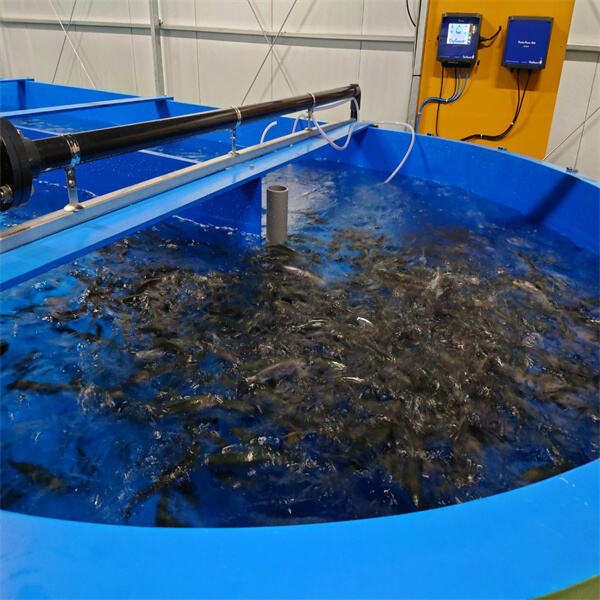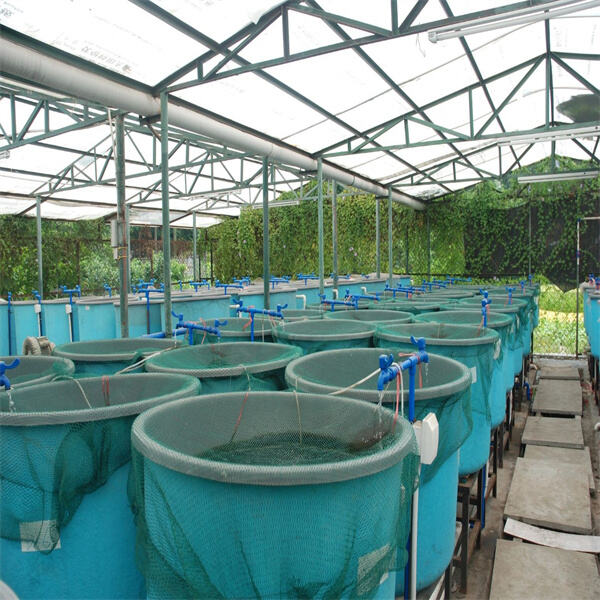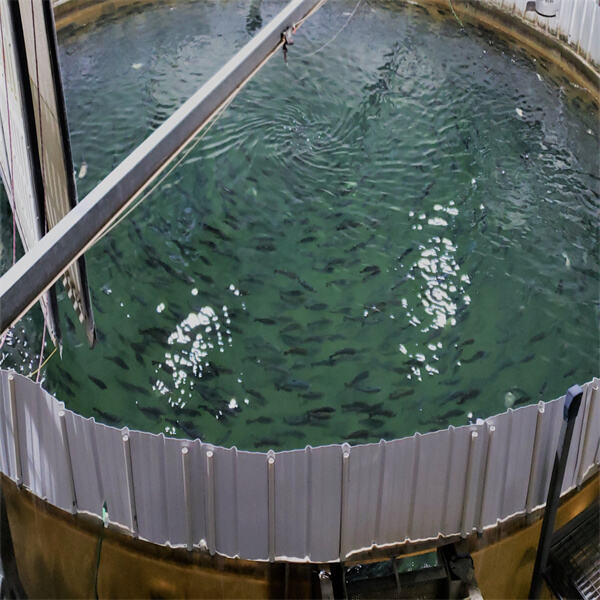 ×
×
Seafood is commonly obtained through aquacultural practices, i.e., fish farming. These methods better enable us to pull fish and other seafood from the ocean. They also provide environmental and economic benefits to coastal communities. Let’s dive into how aquaculture and fish farming provide us with sustainable seafood.
Aquaculture, when done correctly, is a sustainable way to farm seafood. It refers to the breeding of fish or other sea creatures in a controlled environment, such as tanks or ponds. This approach alleviates the stress on wild fish stocks, as too many of them can be fished out of the ocean. By farming fish rather than harvesting them from the sea, we can ensure there is seafood available for us to eat.
As the world population increases and more people globally begin to consume seafood, the demand for fish and other ocean animals continues to grow. Well, fish farming is able to supply our enormous demand and daily needs for fish. Fish farms, where fish are raised in tanks or ponds, can help ensure an ample supply of fish for all.

Bettas are a type of fish, he said, adding that "fish farming is becoming more efficient," and new ideas in aquaculture are keeping food available. Innovative technologies and techniques are developed to increase volume and quality of harvested seafood. These advances help ensure that people can find healthy seafood, even in places where fishing hard to come by.

Keeping up with demand for seafood while also taking care of the environment is one of the challenges of aquaculture. Fish farms can do environmental harm if they aren’t carefully managed. But with the implementation of responsible practices, we can mitigate the adverse impacts of aquaculture. This helps protect both our oceans and marine life.

Aquaculture supports coastal communities. Fish farming also creates job opportunities for locals and stimulates the economy in such areas. Aquaculture can uplift asset-poor coastal communities if they invest in it, and give their people a higher standard of living.